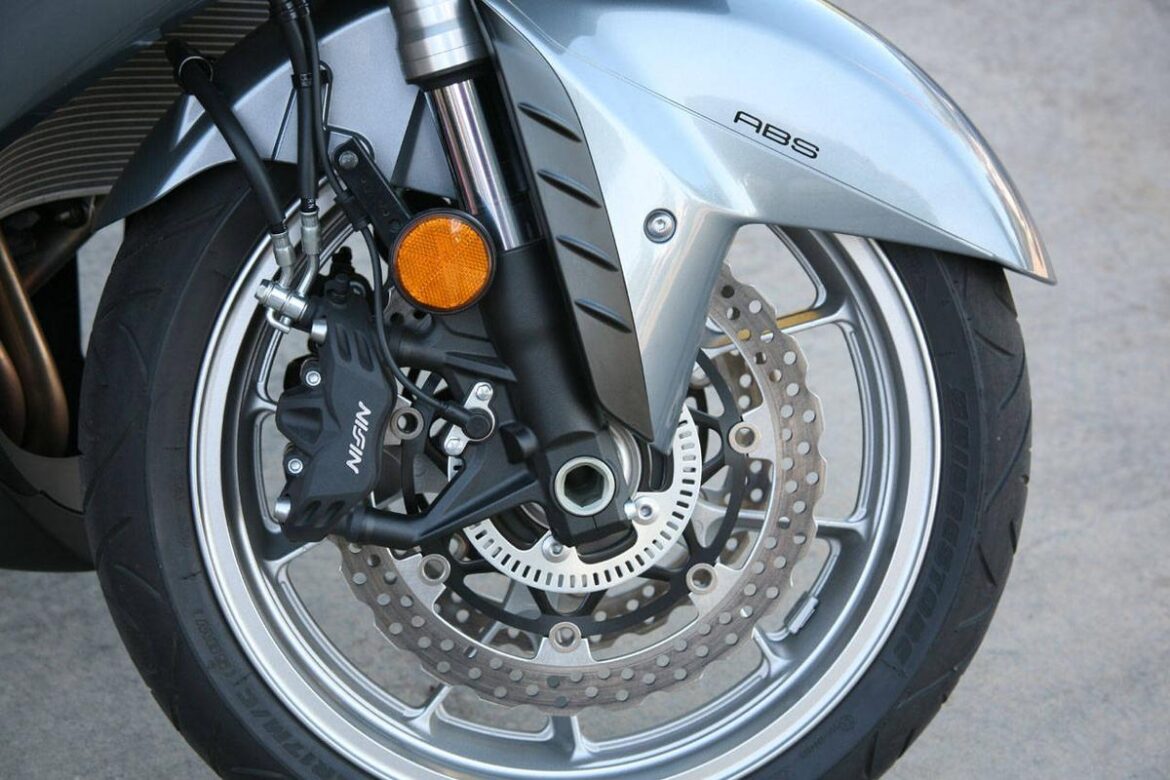ABS and Helmets Now Mandatory on All New Two-Wheelers from January 2026 in India
Starting January 2026, every new two-wheeler sold across India must be fitted with an anti-lock braking system (ABS) and come bundled with two BIS-certified helmets. This critical update arrives via the Ministry of Road Transport and Highways (MoRTH), setting a new standard in efforts to curb fatal accidents on Indian roads.
The regulation will apply across all segments, including budget-friendly models under 125cc engine capacity—many of which previously only offered basic braking systems or none at all. Dealers will also be responsible for providing helmets for both rider and pillion as part of the purchase.
What Prompted the Move
The numbers are worrying. Government statistics have often pointed to two-wheelers accounting for a disproportionately large share of road crashes and deaths. A major percentage of these involve skidding during emergency braking and traumatic head injuries.
“By making ABS and helmets mandatory, we aim to reduce both the frequency and severity of accidents involving two-wheelers,” said a senior MoRTH official familiar with the directive.
How the Rule Will Work
- All new two-wheelers sold from January 2026 must have functional ABS—regardless of engine capacity.
- Dealerships will be required to provide two BIS-certified helmets per vehicle.
- Helmets must adhere to safety benchmarks and be suitable for both rider and pillion use.
This goes beyond previous norms where ABS was only mandated for motorcycles above 125cc and many buyers either skipped helmet purchases or bought uncertified options.
The Impact on Manufacturers and Pricing
Here’s where things get tricky. Many popular two-wheelers under 125cc—from brands like Hero, Honda, TVS, Bajaj, and Suzuki—currently operate around the Rs 70,000–1,00,000 price range. The addition of ABS hardware will push that price up.
Entry-level 100cc motorcycles, starting from approximately Rs 60,000, could especially feel the heat. These bikes often lack even basic disc brakes and will require infrastructure upgrades for ABS compatibility.
Estimated price increase per unit:
- For adding front disc brakes and single-channel ABS: Rs 6,000–10,000
- This doesn’t include the cost of providing two certified helmets
While this price bump may concern both manufacturers and cost-sensitive buyers, the government appears firm in its belief that safety can’t be negotiable.
What Manufacturers Are Saying
Some companies have started internal discussions on how to adapt. While many higher-end models already include ABS and helmet packages, retrofitting low-cost bikes is a different challenge.
“It’s going to take a bit of engineering—but not impossible,” said an unnamed technical lead from one of India’s top two-wheeler manufacturers. “We’ll need to revisit our cost structure for entry models, but safety should win in the end.”
Why ABS Matters
For many riders, especially in slippery or emergency braking scenarios, ABS could make all the difference. Here’s how:
- Prevents wheel lock-up, reducing fall risk
- Improves vehicle control during sudden braking
- Lowers chances of skidding and rear-end crashes
It’s especially relevant in India, where monsoons, gravel roads, and unpredictable traffic makes two-wheeler riding particularly risky.
Helmet Provision: A Small Step, A Big Win
While critics may see helmets as a basic add-on, the decision to mandate BIS-certified helmets is no minor tweak. Many fatalities in two-wheeler crashes are attributed to riders—particularly pillions—not wearing helmets. Providing both significantly increases the chances they’ll be used.
Previously, many cost-conscious buyers either skipped the second helmet or purchased a low-quality one from the aftermarket. MoRTH’s move closes that loophole.
What Riders Should Expect
If you’re planning to buy a two-wheeler before 2026, you won’t see these rules apply just yet. But from January 2026:
- All models, including low-cost 100cc bikes, must come with ABS.
- Your vehicle will be handed over to you with two certified helmets, not one.
- Expect a modest hike in final price.
It’s unclear whether the government will offer subsidies or incentives to manufacturers or buyers. Some believe it could soften the economic impact for the entry-level segment.
Government’s Stance
MoRTH officials remain optimistic. “The cost implication is there, but saving lives must be the priority,” said one ministry spokesperson. “We’ll issue detailed guidelines soon to help manufacturers and dealers navigate the shift.”
There’s no word yet on whether older models will need retrofitting or if existing users will be encouraged to update their helmets. For now, the rule applies strictly to new sales from the January 2026 date.
Final Thoughts
This isn’t just a compliance update. It’s a step toward a safer riding culture in India. It acknowledges existing gaps—poor braking systems, absence of certified helmets—and tries to fix them at the point of sale.
Are there concerns about pricing and readiness? Absolutely. Especially in a market where affordability often takes precedence over safety features. But if rolled out well, this could be a silver lining for public safety—without dumping too much burden on the consumer or the dealer network.
Let’s see how the sector responds in the months leading up to 2026.

